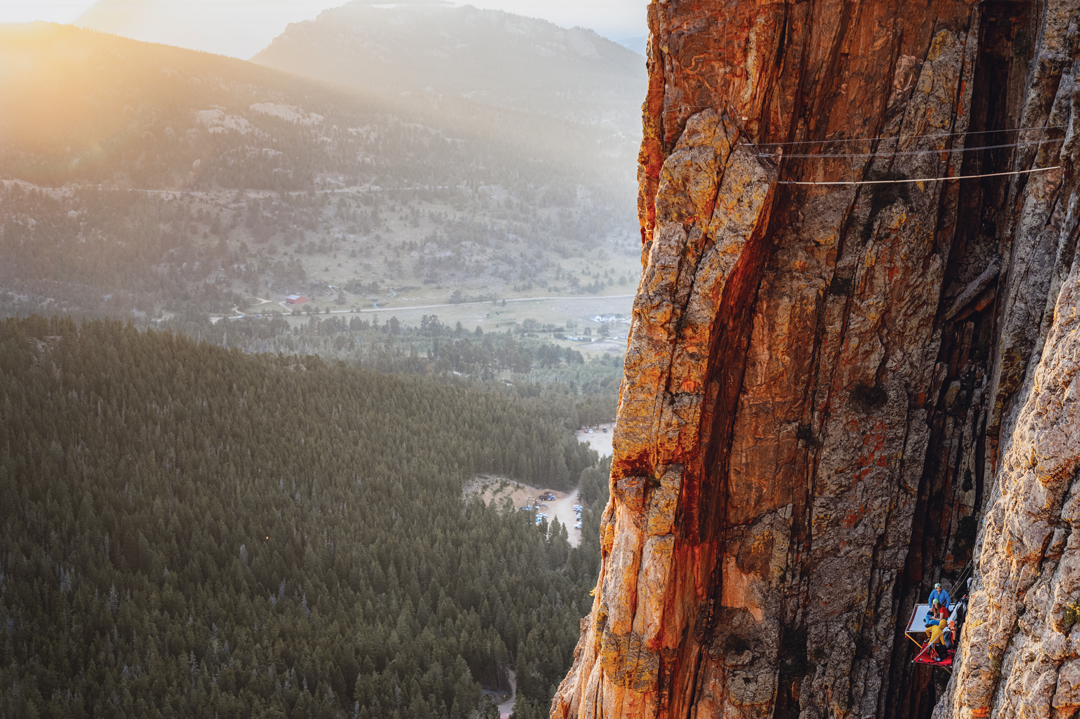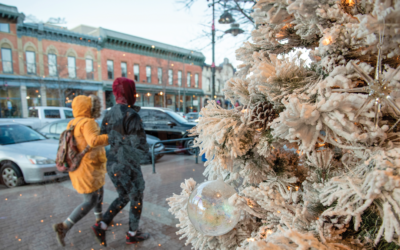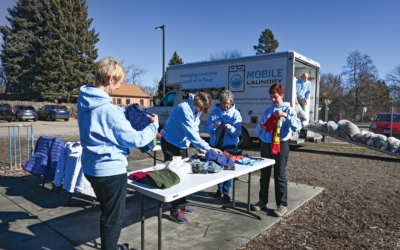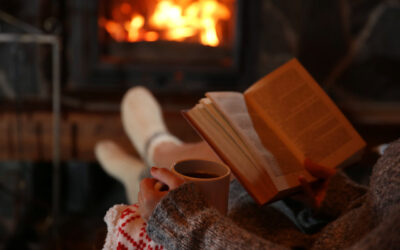Many people camp as a way to sleep in between summer adventures, but camping itself can be an adventure. If you’re looking for new ways to sleep away from your house—and your RV—let these unique ideas inspire your next night under the stars.
Cliff camping
Dustin Dyer feels safest camping when he’s 125 feet off the ground.
Even Dyer, co-owner of KMAC Guides in Estes Park, admits that it can feel like he’s 400 feet or more off the ground as he beds down for the night. He’s spent as much time as the birds that high, and yet, he’s never gotten fully used to it.
But when he’s dangling off a rock face, heights are the only thing he has to worry about. There aren’t any bears, mountain lions, other people or anything else that goes bump in the night.
“When you’re in that portaledge,” Dyer says, “there’s literally nothing that can get to you.”
Whether you’re looking for a thrill or a bear-free space to camp, you too can spend the night on a portaledge with KMAC through September.
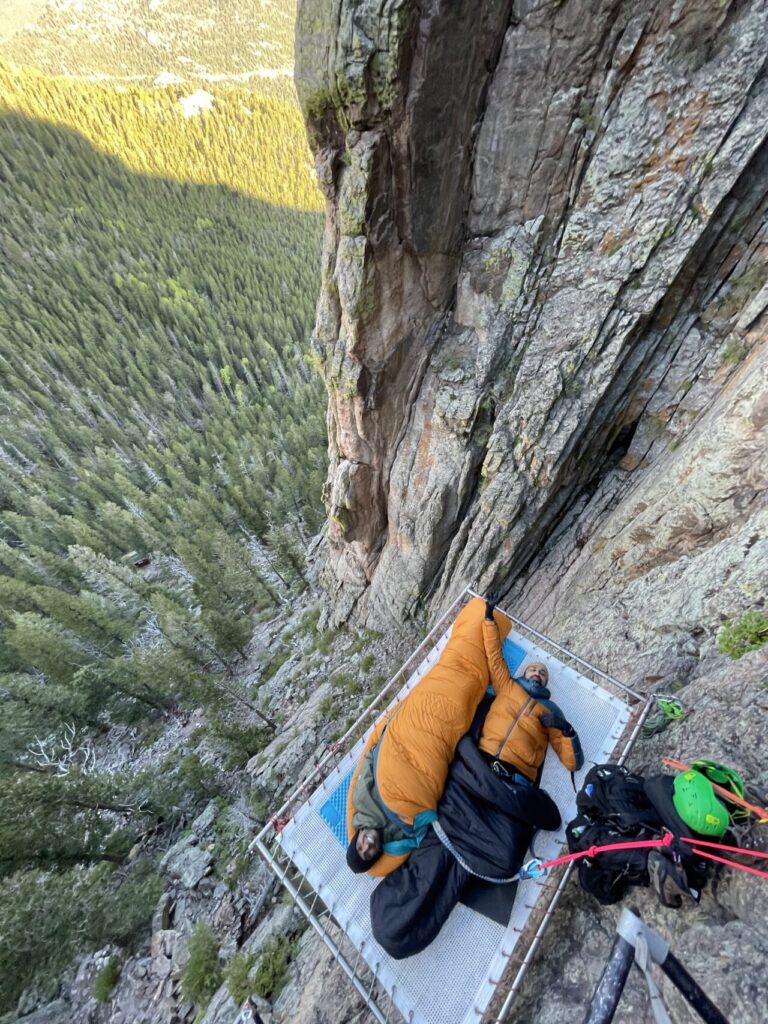
Camping on a portaledge with KMAC Guides.
KMAC is a guiding company for rock climbers, not a bed-and-breakfast. Fifteen years ago, a British TV show about traveling in the U.S. asked KMAC if they offered cliff camping without the rock climbing. Please hold, Dyer told them, and they Googled his question and found a spot where they could do it. They’ve featured it ever since.
People don’t have to climb to camp. They can meet up in the afternoon, walk a mountain trail and then hike up several hundred feet, where KMAC guides help them rappel down the cliff to their enclosed portaledge. Packages are also available for those who want to add rock climbing or climb one of two via ferratas (protected horizontal climbing routes) for 25 percent off.
Prices are $575 per person for a group of four or $950 for one person, which includes a steak and wine for dinner and omelets and lattes for breakfast—plus world-class views of the sunset and sunrise.
Ironically, sleeping on a portaledge is something many big-wall climbers see as an unpleasant necessity instead of a fun adventure. But those climbers aren’t eating steak dinners or staying in the beefed-up portaledges KMAC developed as demand increased. Now Dyer, an avid rock climber, loves spending the night on the side of a cliff.
“I sleep really well up there,” he says.
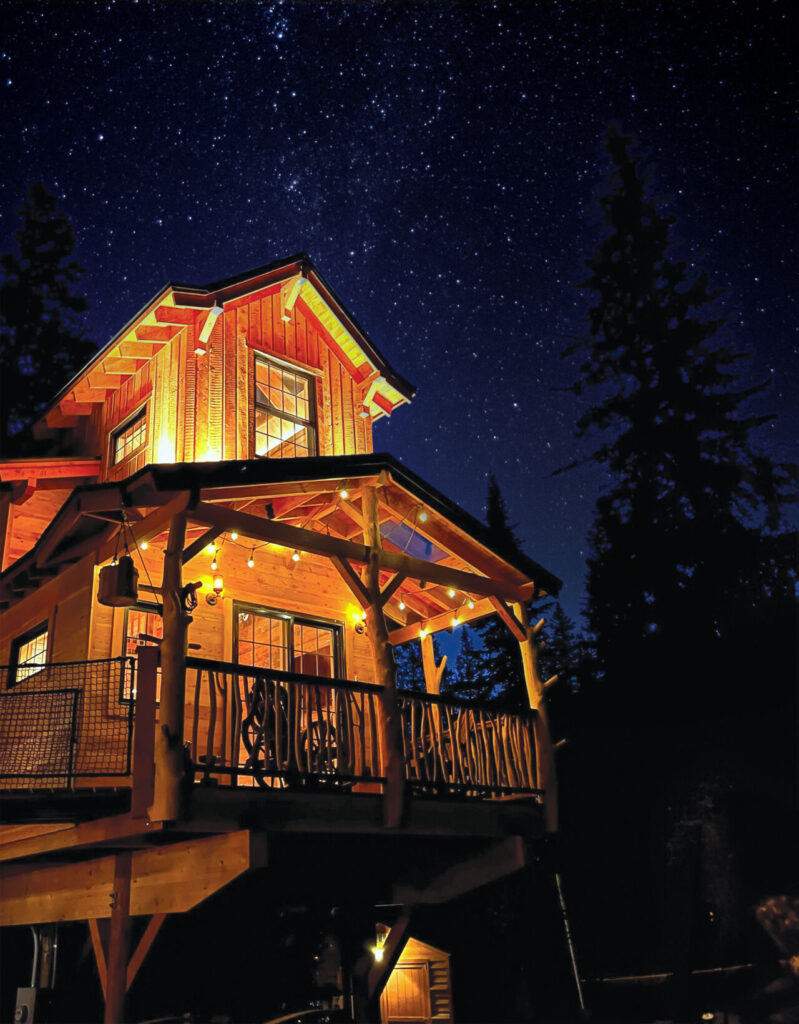
Ultimate Treehouse
and Cabin Experience, Black Hawk
Treehouse rentals
Did you have a treehouse when you were a kid? The Little Red Treehouse allows you to relive those memories, only with a shower, kitchen, two beds and a “fairy loft” to boot.
The treehouse opened in 2019 and is equipped with heating, air conditioning, electricity and Wi-Fi. It’s located in Lyons on the way to Rocky Mountain National Park.
There’s a swing and picnic area, and the Airbnb description encourages guests to bring a frisbee. The treehouse is also within walking distance of shops, restaurants and live bluegrass music as well as plenty of outdoor recreation.
Owner Leam Blackwood builds treehouses for a living with his company, Treehouse Dreambuilders. He built his first treehouse when he was 12 and built custom homes in the Gulf Islands of British Columbia for many years before switching to treehouses, according to his website.
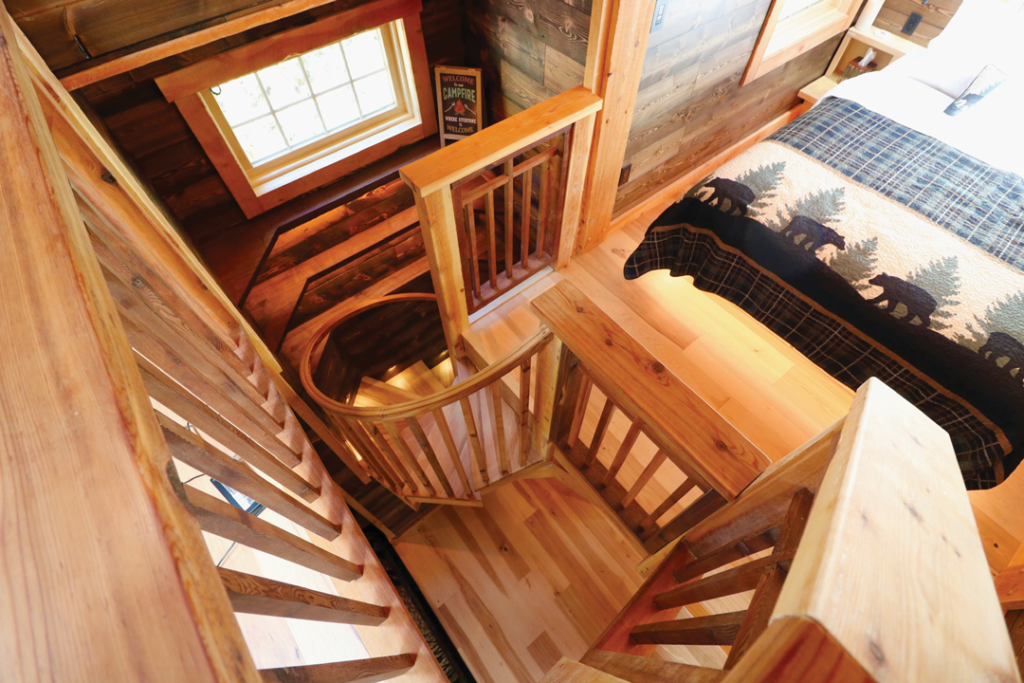
Ultimate Treehouse and Cabin Experience,
Black Hawk
“The art of creating oceanview decks high above the water’s edge, tucked into the West Coast landscape, inspired me to look even higher up into the trees,” Blackwood says on the site.
Little Red Treehouse appears to be the closest treehouse to Northern Colorado, though there’s a bigger one in Black Hawk called the Ultimate Treehouse and Cabin Experience. The treehouse is a luxury experience, according to the description on Facebook, and bills itself as the “most epic treehouse in the state of Colorado…maybe even the country.” It’s five miles from Black Hawk, but it’s still private.
“You could walk around naked all day,” the description says, “and no one would ever know.”
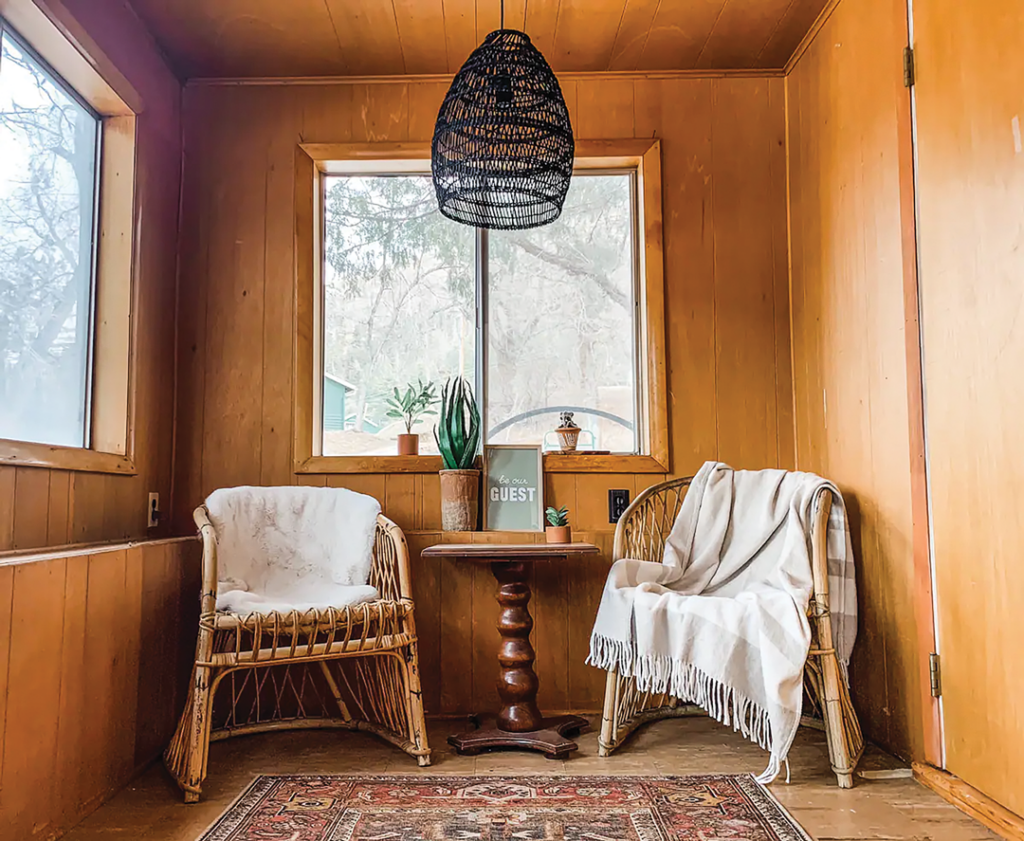
It’s a Wonderful Place, Bellvue
Glamping
Abbie Stout offers three different ways to stay on her property near the famed Mishawaka. She named the spot “It’s a Wonderful Place” after the street name, Wonderful Place, in Bellvue up the Poudre Canyon.
There’s a cabin rental with a gas grill, hot tub and kitchen, and there’s a short-term apartment rental that’s part of her house. She’s currently installing a trailer in the back with an RV plugin that will offer an even more rustic experience near a seasonal stream (it could be done by the time you read this).
“If someone wants to bring a tent, they can camp in a space next to the trailer,” Stout says. The trailer will have a separate bathhouse.
Just down the road, the Mishawaka now offers its own glamping experience, with cabins and tiny homes in addition to a coffee shop, grocery store and the Mish itself. They call it Riverside Colorado.
Stout is excited about the potential competition. “We help each other,” she says. Indeed, her property is listed second on the Mish’s site, right after Riverside, as a place to stay in the area.
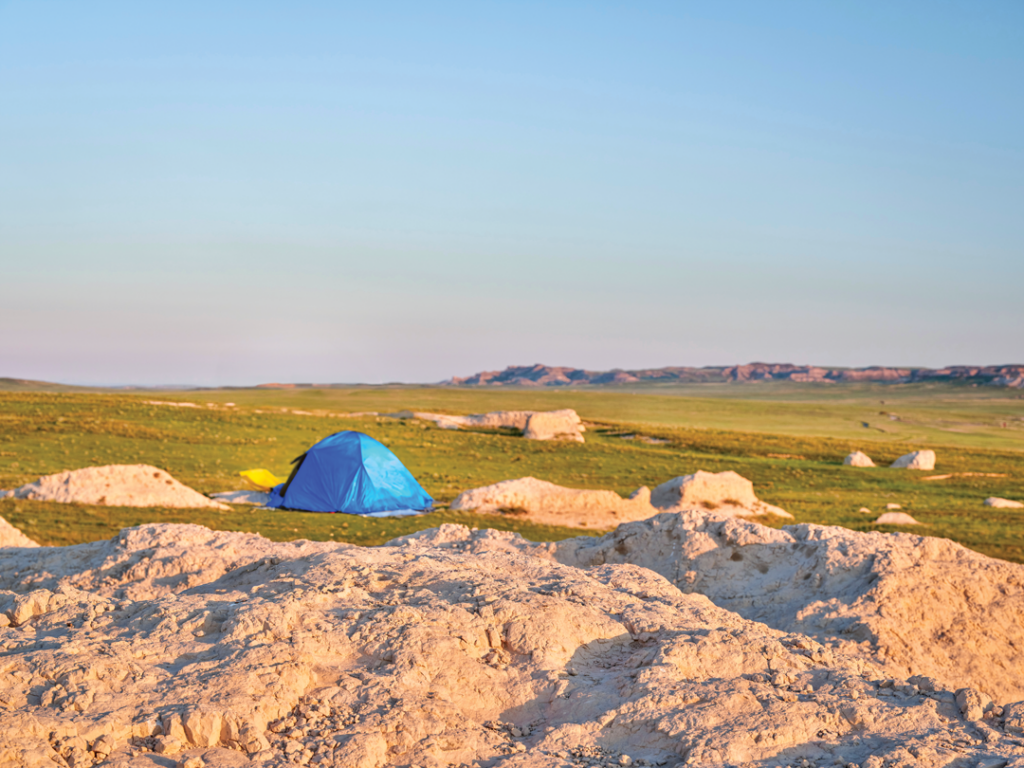
Pawnee National Grassland
Dispersed camping
Dispersed camping means pitching a tent outside of a campground, but not in any random area. You might have done this in your backyard as a kid, but if you’re looking for an adventure off the beaten path, dispersed camping in the wilderness might be your thing.
Bureau of Land Management (BLM) areas and land owned by the U.S. Forest Service are your best bets to find places to disperse camp in Northern Colorado (Wyoming is also known for it). Dispersed camping is generally free, but it takes practice to get used to, as there’s no running water and you’ll have to leave no trace, including trash and, ahem, poop. Camping near your car makes it much easier, but backpacking offers the truest adventure.
Find a Dispersed Camping Spot
Use a Motor Vehicle Use Map to figure out where to camp. You can find your district in the Arapaho and Roosevelt National Forests and Pawnee National Grassland by visiting bit.ly/4e4g2mC.
Roads where dispersed camping is allowed are designated by the little dots alongside the road. Campers should refer to the legend and tables to be sure they are following all regulations. Some areas are only open to designated dispersed camping spots, which makes them sound like a campground, but they aren’t.
The U.S. Forest Service offers more information on dispersed camping at bit.ly/3Ks9twK. Call 970.295.6600 with questions.
If you want to reserve a campsite at a campground, there are many listed at bit.ly/3wXCtJI.
Join a campers’ group
Allison McCall-Mayfield of Centennial was a veteran tent camper with her family, so after her Eagle Scout son graduated, she still had the urge to camp.
She didn’t want to camp alone, but she wanted to learn how to do everything on her own, something she’d neglected thanks to her son’s outdoor skills. She found two Facebook groups, Rocky Mountain Glampers and Girl Camp, where she met other women to join her. She continues to camp with them now.
“No men or kids,” she says.
The nice thing, she says, is the variety of interests in the group. Some like to read, sew or quilt, and others like to hike and watch wildlife.
“They come from all walks of life,” she says. “It’s a community. A lot have family members who don’t enjoy camping.”
A smaller group picks the locations, which include some private grounds and public places such as state parks, BLM sites and areas in the national forest.
There are other Facebook groups like the one McCall-Mayfield is in, and there are opportunities through other places too, such as senior centers. So, if you don’t want to camp alone and don’t have family members or friends who want to go, there’s still a way.
“It’s hard to make friends as an adult,” McCall-Mayfield says. “This was a really nice way to do so.”


